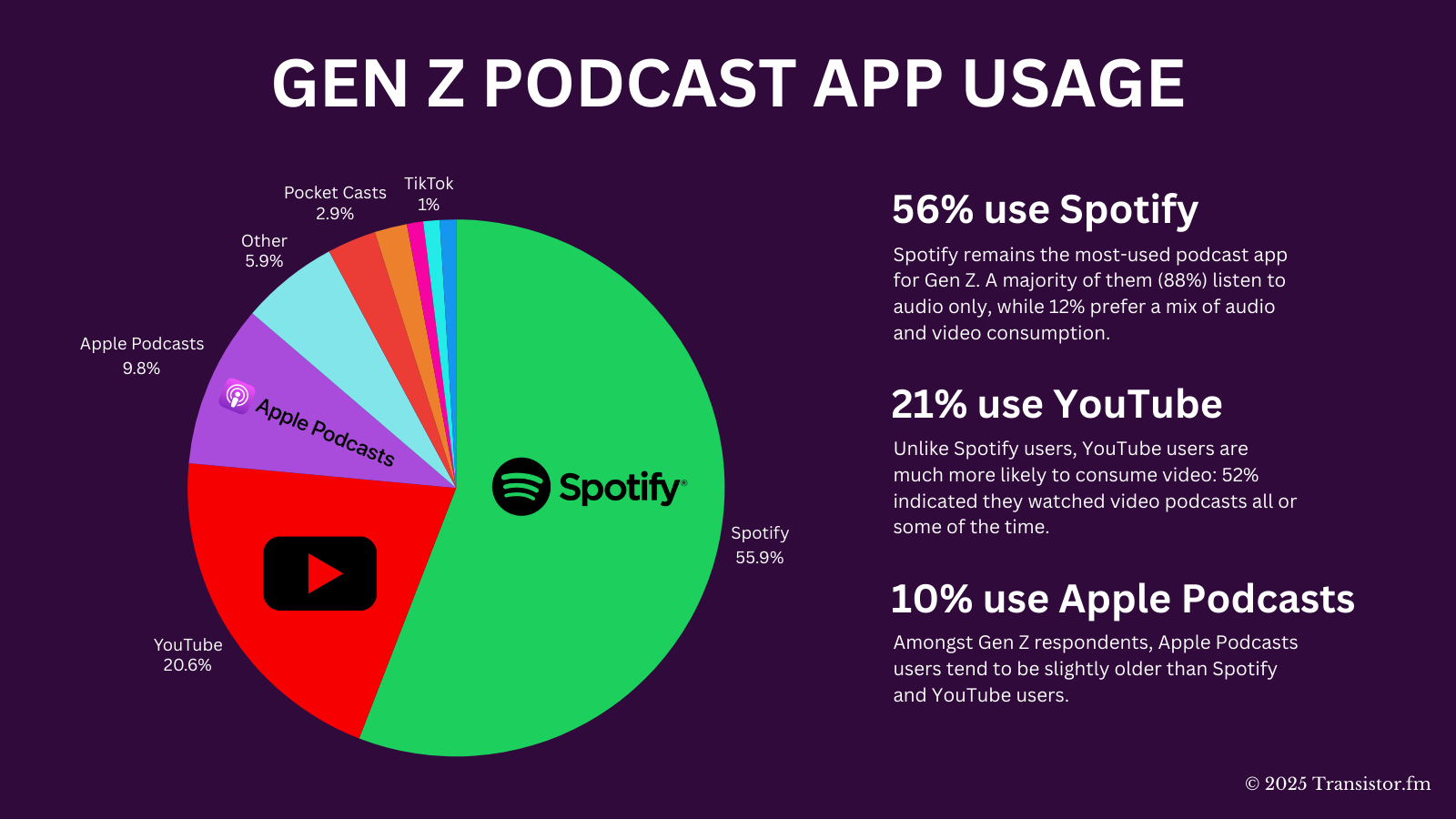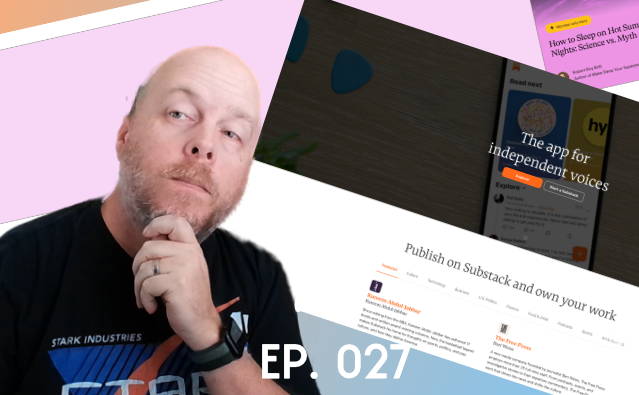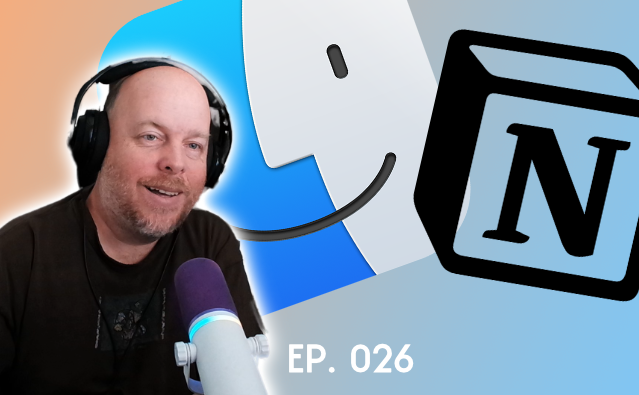Is Spotify Eating the Podcast World? What Gen Z's Listening Habits Tell Us About the Future
Spotify owns 55.9% of Gen Z podcast listeners. That's not just a slice of the pie, folks. That's the whole dang bakery! Is this platform consolidation good for independent creators like us? I've got thoughts, beautiful people.

Hey there, beautiful people! Josh Bailey here from the Independent Creator Podcast and 2tonwaffle.com. I've been diving deep into some fascinating podcast statistics lately, and man, there's some pretty eye-opening stuff that I just had to share with all of you. Grab your favorite beverage, get comfortable, and let's break down what's happening in the podcast universe, especially with the younger generations.
The Spotify Takeover Is Real, Folks
So I was looking at this report from PodcastIndustry.org (updated back in March), and the numbers straight-up floored me. Get this – a whopping 55.9% of Gen Z listeners are consuming podcasts via Spotify. That's not just a slice of the pie, folks. That's practically the whole dang bakery!
When you really think about it, this is pretty wild. I mean, most of us would assume that with TikTok, YouTube Shorts, and Instagram Reels dominating the attention economy, podcasts would be struggling to keep younger listeners. But that's really not the case at all.
The breakdown looks something like this:
- Spotify: 55.9%
- YouTube: 20.6%
- Apple Podcasts: just under 10%
- Everything else (Pocket Casts, TikTok, etc.): fighting for the remaining crumbs
What's interesting – and honestly, a little concerning – is how concentrated this listenership has become. Remember when podcasting was this decentralized, open ecosystem where creators could distribute across platforms using simple RSS feeds? Those days seem to be fading as Spotify continues its march toward podcast dominance.
Is This Spotify Gentrification Good or Bad?
The thing is, I've been thinking a lot about what this means for independent creators like us. Spotify has been aggressively pursuing exclusive deals with mega-shows like Joe Rogan and Call Her Daddy, effectively walling off some of the biggest audiences behind their platform.
On one hand, Spotify's user experience is admittedly pretty slick. They've invested serious cash into making podcast discovery and consumption seamless. And clearly, it's working – especially with younger listeners who may not have the historical context of podcasting as an open medium.
But on the other hand, this kind of platform consolidation makes me nervous. When over half of an entire generation primarily accesses podcasts through a single gatekeeper, that gatekeeper gains enormous power over creators. What happens if Spotify decides to change their algorithm? Or their monetization structure? Or starts prioritizing their exclusive shows even more aggressively?
It's kind of like putting all your eggs in one basket, you know? And that basket is being held by a publicly-traded company with shareholder expectations that might not always align with creator interests.

The Age Gap in Podcast Consumption
What I found super interesting in that report was how platform preferences shift across age brackets. Spotify absolutely dominates with the 12-34 demographic at around 55%, but when you look at the 35-54 crowd, it's much more of a neck-and-neck race between Spotify and YouTube Music.
This generational divide raises some fascinating questions about the future. As Gen Z ages up, will they carry their Spotify preference with them? Or will their habits evolve as they enter new life stages?
I'm also curious about how these platform preferences might impact content creation. Are younger listeners gravitating toward different types of podcast content? Different formats? Different host personalities? There's probably a whole separate blog post worth exploring there (mental note to myself – let's tackle that next week!).
The Video Podcast Question: To Camera or Not to Camera?
Let's talk about something that's been buzzing around podcast circles for the past couple years – video podcasting. YouTube claiming over 20% of podcast consumption is a pretty significant indicator that video is becoming an increasingly important part of the podcast experience.
Now, I know what some of you are thinking: "Josh, I got into podcasting specifically because I didn't want to be on camera!" And I totally get that. Being in front of a camera isn't everyone's cup of tea, and that's perfectly fine.
But the numbers don't lie. Adding a video component to your podcast can potentially open up your content to a much wider audience. We're talking about YouTube's 2+ billion monthly active users. That's a massive pool of potential listeners/viewers that you might be missing out on with an audio-only approach.
The good news? Your video podcast doesn't need to be some high-production masterpiece. Most successful video podcasts are just simple static camera setups capturing a conversation. It's more about giving viewers the option to consume your content in whatever way suits them best.
And here's the thing – most podcast "viewing" is actually passive anyway. People have your video playing while they're doing dishes, folding laundry, or working on other tasks. They might glance at the screen occasionally, but they're primarily listening. The video is just an added bonus that makes your content more accessible on platforms like YouTube.
The Rise of Passive Consumption
Speaking of passive consumption, I've noticed a really interesting trend lately. More and more people are watching podcasts on their TVs. Not actively watching – but having them on in the background while they go about their day.
Think about it – it's kinda perfect, right? You can have a 2-3 hour podcast episode playing on your living room TV while you cook dinner, clean up, scroll through your phone, or just chill on the couch. The content is there when you want to tune in, but it doesn't demand your constant attention like a movie or TV show would.
This passive consumption model is one of podcasting's greatest strengths. Unlike short-form content that demands your full attention for 15-60 seconds at a time, podcasts can weave in and out of your attention span. And I think that's a big part of why they remain so popular despite all the doom and gloom predictions about shrinking attention spans.
It also means that as creators, we need to design our content with this behavior in mind. Having clear episode structures, occasionally recapping key points, and making sure your audio quality is top-notch become even more important when you know your audience is only partially engaged at any given moment.
What Does This All Mean For Independent Creators?
So, what's the takeaway from all these statistics and trends? How should we be approaching our podcast strategy in 2025 and beyond?
First, I think it's still crucial to distribute your podcast as widely as possible. Yes, Spotify has a massive chunk of listeners, but that doesn't mean you should ignore the other 45% of potential audience. Make sure your show is available everywhere podcasts are consumed – Spotify, Apple Podcasts, YouTube, Google Podcasts, and all the smaller players too.
Second, seriously consider adding video if you haven't already. It doesn't need to be your primary focus, but capturing simple video of your recording sessions can open up significant distribution opportunities, especially on YouTube where discoverability tools are pretty robust.
Third, think about how you can optimize for passive listening. Clear episode structure, good audio quality, occasional recaps, and content that works even if someone's attention drifts in and out.
Fourth, don't put all your eggs in one platform basket. Build your own direct connection with your audience through newsletters, community platforms, or your own website. That way, if platform policies change, you're not starting from scratch.
Finally, keep an eye on these trends! The podcast landscape is evolving rapidly, and staying informed about how and where people are consuming content can help you make smart strategic decisions for your show.
What's Your Take?
I've shared a lot of my thoughts here, but I'm really curious about your experiences. Are you seeing these same trends in your own podcast consumption? Do you primarily use Spotify? Are you watching more podcasts on YouTube or your TV?
And for my Gen Z readers – I'm especially interested in your perspective! What draws you to podcasts when there are so many shorter content options available? What makes you choose one platform over another?
Drop me a comment below, send me an email, or hit me up on social. I love hearing from you all and getting your insights.
And hey – if you've been enjoying the Independent Creator Podcast, I'd be super grateful if you could leave a five-star rating and review on Apple Podcasts or Spotify. It helps the show reach more folks like you who are interested in this creator economy stuff.
Until next time, later taters! 🥔



